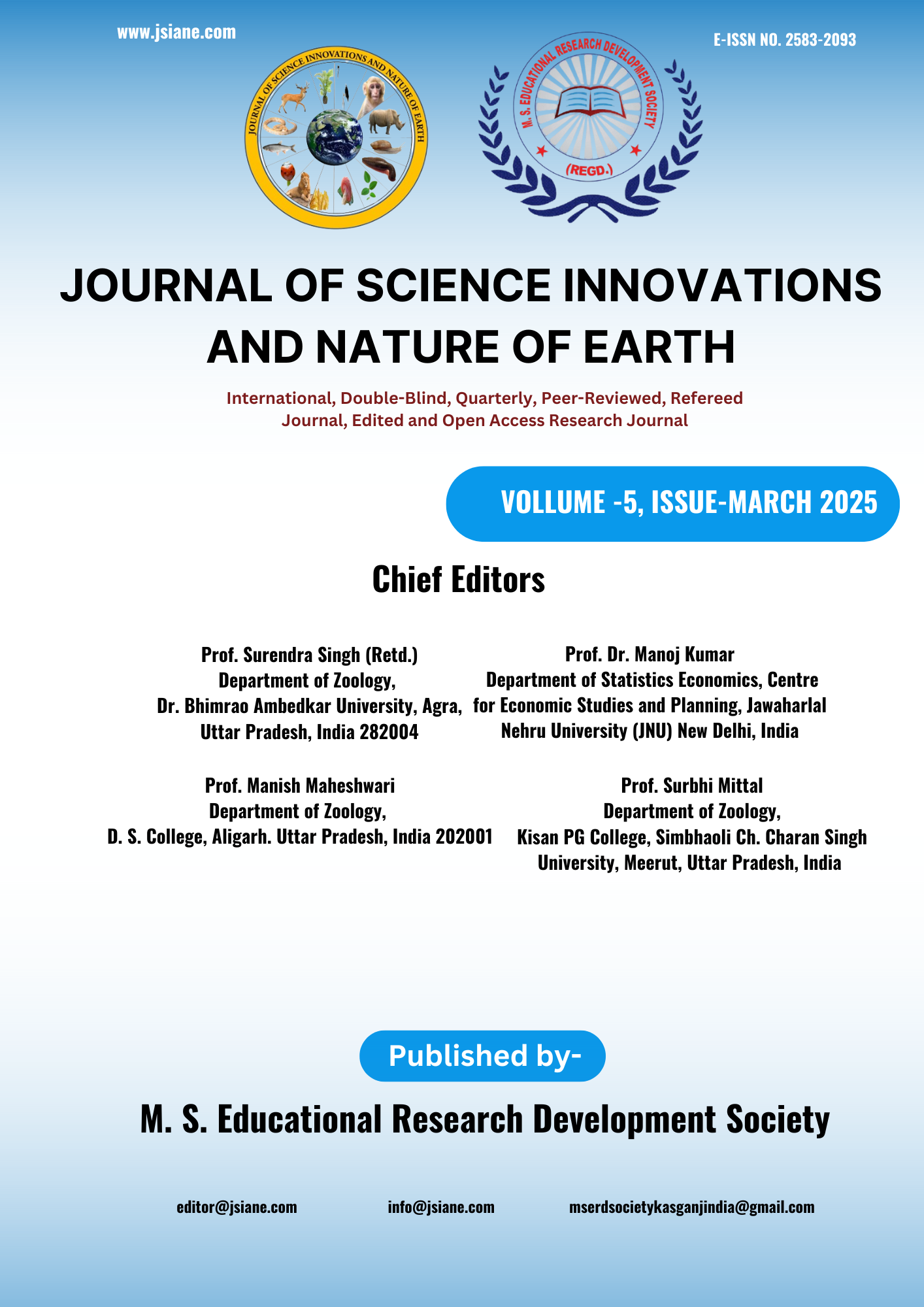Emotional Labor in the Food and Beverage Sector: Impacts, Challenges, and Organizational Interventions
DOI:
https://doi.org/10.59436/jsiane.339.2583-2093Keywords:
Emotional Labor, Food and Beverage Industry, Burnout, Mental Health, Job Satisfaction , Organizational InterventionsAbstract
The Food and Beverage (F&B) sector of the hospitality industry is characterized by high levels of guest interaction and performance-driven emotional expression. This research paper explores the phenomenon of emotional labor—defined as the regulation of emotional expressions to meet organizational expectations—as a central but underexamined component of F&B service roles. Drawing upon Arlie Hochschild’s foundational framework, the study investigates how surface acting, deep acting, and genuine expression affect employee mental health. Findings indicate that surface acting, the most prevalent form in fast-paced environments, is strongly correlated with emotional exhaustion, burnout, anxiety, depression, and reduced job satisfaction. The paper further examines how emotional labor contributes to high turnover rates and diminished employee retention. Through a review of empirical studies and industry case analyses, the research proposes evidence-based organizational interventions such as Emotional Intelligence training, empathetic leadership, supportive workplace culture, fair compensation, and mental health initiatives. The study concludes that recognizing and managing emotional labor is vital for sustaining employee well-being and enhancing the overall quality of service in the hospitality sector. These insights offer a strategic roadmap for organizations aiming to balance guest satisfaction with long-term workforce sustainability.
References
Grandey, A. A. (2000). Emotion regulation in the workplace: A new way to conceptualize emotional labor. Journal of Occupational Health Psychology, 5(1), 95–110.
Grandey, A. A. (2003). When "the show must go on": Surface acting and deep acting as determinants of emotional exhaustion and peer-rated service delivery. Academy of Management Journal, 46(1), 86–96.
Robin Verma; Ankur Kumar Agrawal (2022): Hospitality Industry: Issues and Challenges (A study with special reference to Agra). Neuroquantology Volume 20 Issue 21, pp 1331-1335 doi:10.48047/NQ.2022.20.21.NQ99139.
Hochschild, A. R. (1983). The Managed Heart: Commercialization of Human Feeling. University of California Press.
Hulsheger, U. R., & Schewe, A. F. (2011). On the costs and benefits of emotional labor: A meta-analysis of three decades of research. Journal of Occupational Health Psychology, 16(3), 361–389.
Karatepe, O. M., & Uludag, O. (2008). Role of self-efficacy in the job satisfaction–performance relationship: A study of hotel employees in Turkey. International Journal of Hospitality & Tourism Administration, 9(4), 201–217.
Maslach, C., & Jackson, S. E. (1981). The measurement of experienced burnout. Journal of Occupational Behavior, 2(2), 99–113.
Robin Verma (2025), “Evaluation of Hospitality based Guest Service in Spiritual City Mathura Uttar Pradesh.” Int. J. Tourism Hotel Manage, 7(1): pp:156-159.
Rathi, N., & Lee, K. (2018). Emotional labor and employee well-being: A review of the literature. South Asian Journal of Human Resources Management, 5(2), 231–250.
Sliter, M., Jex, S., Wolford, K., & McInnerney, J. (2010). How rude! Emotional labor as a mediator between customer incivility and employee outcomes. Journal of Occupational Health Psychology, 15(4), 468–481.
Robin Verma; Ankur Kumar Agrawal (2023): Comparative Study of Guest Repeats Encouragement in Selected Hotels of Agra on the Basis of Service Quality. Rivista Italiana di Filosofia Analitica Junior;Vol 14, No. 1 pp 461-472.
Robin Verma and Ankur Kumar Agrawal (2024): CustomerRelationship Management in the Hospitality Industry: An Empirical Study of Hotels in Agra. J. Sci. Innov. Nat. Earth Vol. 4, Issue 3, pp 01-03 DOI: https://doi.org/10.59436/prvjeh49
Wong, C. S., & Law, K. S. (2002). The effects of leader and follower emotional intelligence on performance and attitude. The Leadership Quarterly, 13(3), 243–274.
U.S. Bureau of Labour Statistics. (2020). Job Openings and Labour Turnover Survey. https://www.bls.gov/jlt/
Downloads
Published
Issue
Section
License
Copyright (c) 2025 Maharaj Singh Educational Research Development Society

This work is licensed under a Creative Commons Attribution-NonCommercial 4.0 International License.










